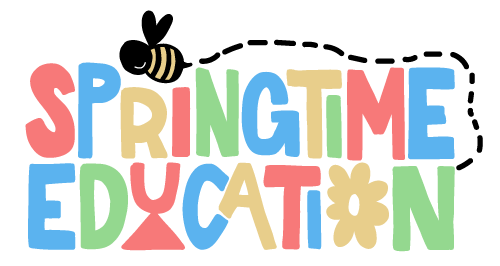There are many benefits of learning sign language in schools – from improving literacy skills to providing career opportunities, teaching ASL, Auslan or another local sign language to all children in schools has the power to connect people and bridge communication gaps.
1. Develops Language and Literacy Skills
Learning sign language can help children develop stronger language and literacy skills. Research has shown that children who learn sign language have better reading comprehension, vocabulary, and spelling skills than those who do not. This is because sign language helps children understand the relationship between words and their meanings, as well as the grammatical structure of language.
2. Enhances Cognitive Development
Sign language is a multi-sensory experience that engages the visual, auditory, and kinesthetic senses. This means that learning sign language can enhance cognitive development, including memory, attention, and problem-solving skills. Studies have also shown that learning sign language can increase brain plasticity, which is the brain’s ability to change and adapt over time.
3. Fosters Inclusion and Diversity
Teaching sign language in schools can promote inclusion and diversity by raising awareness about the deaf and hard-of-hearing community. It can also create a more inclusive environment for students with different communication needs, such as those with speech disorders or autism. Learning sign language can help students understand and appreciate different forms of communication and cultural diversity.
4. Builds Social and Emotional Skills
Sign language is a social language that requires interaction and engagement with others. Learning sign language can help children build social and emotional skills, such as empathy, communication, and teamwork. It can also help children develop a sense of identity and pride in their ability to communicate using a unique language.
5. Provides Career Opportunities
Learning sign language can open up new career opportunities in fields such as education, healthcare, social work, and interpreting. As the world becomes more global and diverse, the demand for sign language interpreters and professionals is growing. By learning sign language in school, children can develop valuable skills that can help them in their future careers.
Teaching sign language in schools can have numerous benefits for children, including developing language and literacy skills, enhancing cognitive development, promoting inclusion and diversity, building social and emotional skills, and providing career opportunities. By incorporating sign language into the curriculum, schools can create a more inclusive and diverse learning environment that prepares children for success in a global and diverse world.

